How and when is indoor lemons pruned?
Lemon is a beautiful plant that can be grown at home. To make the tree look neat and well-groomed, you should properly trim the indoor lemon, which will help give its crown a decorative shape.
Why cropping?
There are several reasons why you should prune your plant.
- It helps to make the crown even and neat.
- The procedure helps to rejuvenate the old tree.
- If the plant is not cut, then it will grow upward and not bear fruit.
- Pruning reduces the risk of developing tree diseases.
- A properly formed crown will increase the life of the plant and the duration of fruiting.
The crown should be given an even shape even if there is no purpose for obtaining fruits, otherwise the tree will look untidy.
Main rules
To keep the lemon tree pruned from doing harm, the following rules must be followed.
- It should be produced at a time when the plant is at rest. This is the period from late autumn to early spring.
- If the plant is mature and already bearing fruit, all fruit should be removed from it.
- The shoots of the first level should be removed by 25 cm, the second - by no more than 10 cm.All subsequent branches - only 5 cm.
It is necessary to understand that the procedure is simple, but it must be approached responsibly, because an incorrectly performed pruning will set the tree in the wrong direction of growth. It is possible to correct mistakes after an unsuccessful procedure only by removing a large number of branches, which is why it is important to act clearly in accordance with the recommendations of experienced lemon tree owners.
Timing
Experts are divided over when is the best time to prune indoor lemons. Most believe that the best time for this is the beginning of spring, before the formation of new shoots. However, in winter, you can thin out the crown slightly. To improve fruiting next year, prune the tree in late fall.
First cut
At home, the first pruning of the tree should be done on time, if it is carried out correctly, you can count on the indoor plant to bear fruit. The procedure is carried out in the first year of a lemon's life, the trunk is cut off at a height of about 20 cm, but it is very important that 3-4 developed buds remain, from which shoots will form, - this will allow lateral branches to develop. Pruning is done with a secateurs.
Advice
It is best if the buds are placed at the same level, but on different sides of the trunk.
When pruning a young lemon, all vertically growing branches are removed. The best time for the procedure is February.
The height of the plant depends on where the lemon pot is. So, if the tree grows on the windowsill, it should not be too high. This must be taken into account when forming the crown.
Subsequent trimming
The first stage of crown formation is most important, it depends on it whether the tree will bear fruit. In the second year of life, the seedling has lateral branches (they are called first-order branches), there should be 3-4 such shoots, which is why 3-4 buds had to be left during the first pruning. To form the shoots of the third order, pruning is also carried out. Further, the tree itself will form a crown, and will begin to bear fruit after the appearance of branches of the fourth order.
It is customary to use two methods of deletion:
- partial - shortening of "fattening" branches by 25 cm;
- complete - this is how most often dead or old branches of a tree, which can cause disease, are destroyed.
Removal of shoots occurs when they interfere with the development of each other. In this case, the strongest shoot is left, and the weak one is cut off.
Advice
If the shoot is strong, but grows vertically, it should be removed, leaving a weaker one, but growing horizontally. At the top of the plant, the shoot growing up is first cut off.
Trimming scheme
The tree pruning scheme is as follows.
- In the first year, only the trunk is trimmed, this will contribute to the formation of side shoots. If this is not done, the lemon will begin to grow upward and become an unattractive "stick". Plant height should be 25-30 cm from the ground.
- In the second year, the side branches are pruned. It is necessary to strive to actively grow and develop 3 new shoots. If only one grows, it should be removed completely in order to stimulate the growth of others. This process is called breaking out.
- Next, the branches of the third order are trimmed.
- The formation of the crown is completed by pruning the branches of the fifth order, after which the tree can be given the opportunity to bear fruit.
The main task is to give the crown a fan-shaped look.
Advice
If any of the young shoots grows vertically, you can not cut it off, but give it the right direction, carefully wrapping it with wire and fixing it in the required position.
Difficulties
There are some difficulties in pruning lemons.
- Often, only one shoot begins to actively form at the pruning site, while it is necessary to achieve the development of three or four. In this case, it is completely removed (broken out) under the base, sometimes this procedure has to be repeated several times.
- The so-called spinning tops may appear, growing vertically upward and unable to bear fruit. Their growth rate is much higher than that of fruit branches. The easiest way to deal with them is to delete them. Some professionals use a 25 cm undercut.
It should be remembered that pruning a lemon tree must be carried out carefully, the result is very difficult to fix.
Secrets
In order for the formation of the crown of a home lemon to be successful, it is important to adhere to the following recommendations of experienced flower growers.
- After pruning, be sure to process the cuts with a garden varnish. However, if very thin branches were removed, then there is no need for such processing.
- Annual pruning of the tree will help to form a beautiful crown of a homemade lemon: all weak shoots are removed, as well as those that grow in a vertical direction.
- In working shoots, it is necessary to pinch the top so that fruits begin to form on them. This should be done after the appearance of 6-7 leaves.
Often there is a need to correct the crown of an already mature tree growing in a pot. In this case, pruning should be carried out in April or early May - at the time when shoots begin to grow. The formation of the crown of an adult plant is done primarily for an aesthetic purpose, in order to make it attractive. It is also very important to remove dead and diseased branches.
Advice
It is necessary to cut tops as soon as they appear, throughout the year.
If your indoor tree is many years old, pruning regularly will help rejuvenate it. After shortening the old branches, new shoots will begin to develop more actively.
Removing flowers
If the goal of growing indoor lemon is to produce fruit, then removing excess flowers will allow you to control the process. With this procedure, it is possible to ensure that the forces of the tree will be directed to the full development of the ovaries from the remaining flowers.
The number of buds to be retained depends on the age of the young tree.
- If the lemon is three years old, remove half the buds, then leave 2-3 fruits.
- For a 4-5-year-old tree, the number of fruits is increased to 7.
- When the lemon has reached 6-7 years old, you can leave up to 10 fruits.
The weakest flowers must be removed. If a whole branch does not bloom well, you can cut it off completely.
Advice
The more barren flowers and weak flowers are cut off, the more ovaries will remain on the branches and, accordingly, the harvest will be richer.
Rejuvenation
When the lemon tree is 15-20 years old, you can rejuvenate it by pruning. This will not only improve the appearance of the plant, but will also increase fruiting.
Pruning is carried out in the spring, all branches are cut to the 4th-5th order, this stimulates the growth of dormant buds and the subsequent emergence of young shoots. After this procedure, the plant must be transplanted into a new pot, carefully shortening the root system by about 30%. It is very important not to touch the roots inside the earthen coma.
The process of forming the crown of a young tree is quite long and can take up to 4 years. However, after completing it once, in subsequent years, it will be enough to slightly trim the shoots so that the lemon does not lose its attractive appearance.
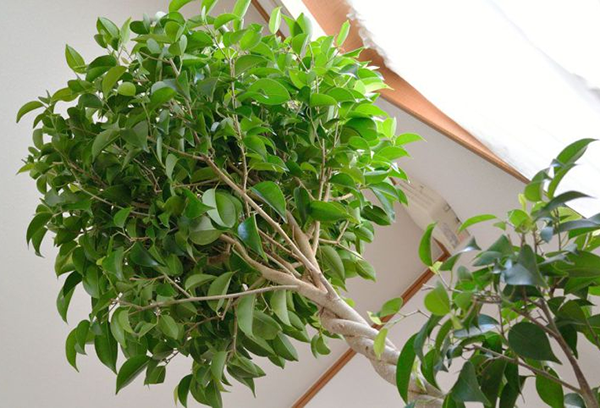


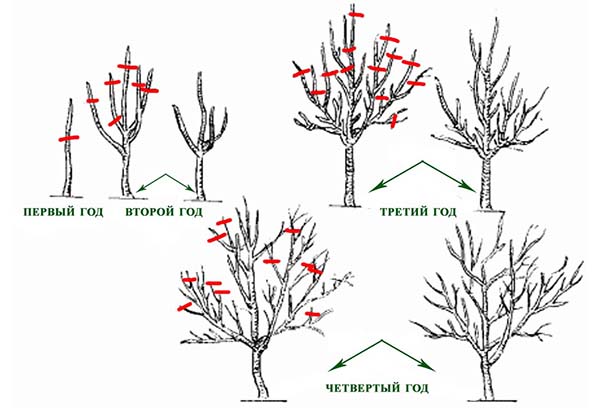
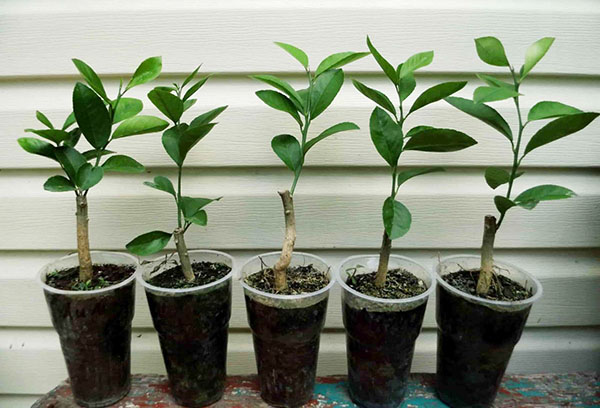
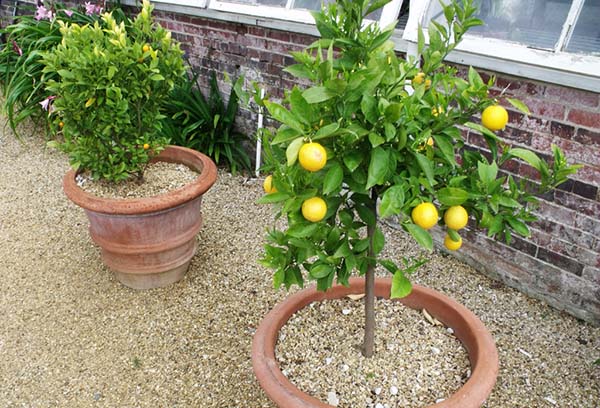
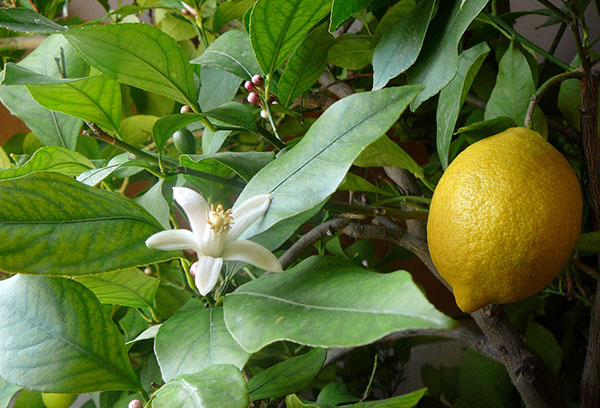

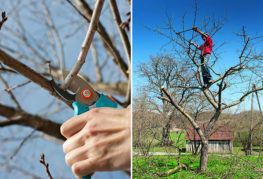
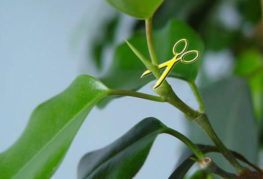

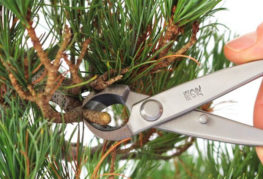
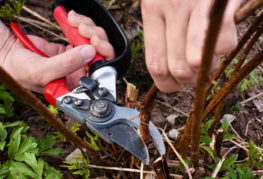
When you need to cut it for the first time from a seed, it has already grown by 25 cm.
petro dir do not be afraid. a lemon, like any tree, does not want to give birth if it is not pruned. and remember always when pruning a lemon and all trees, including after pruning, what is left stubbornly begins to grow. I have a lemon grown from a stone. being in the south and seeing the plantations of citrus hectares. and they plant them with seeds. the fifth year. so dir do not be afraid of a tree like mine there in the south gives out fruits like we have an apple tree. but constantly it must be cut. without cutting, like an apple tree disappears and gives birth periodically. so that dir do not be afraid. if they get you happiness it is true to give birth to that happiness will be only on the branches of the 4th order. That is, in 4-5 years.
and I stepped very hard! last spring I planted something like a lemon (they forced me in kindergarten))), in a year it grew by 25-30 cm, this spring I transplanted it into a bigger pot and it popped even more up! already 50-70 cm. I have never cut it off, a stick with leaves is growing (((only today I found out that it had to be cut. how to do it now ???
And if already with small fruits? And released many new shoots? Trim or leave until fall?
I also have a lemon growing from a stone and he is already 5-6 years old. I cut it off more than once, and even today I cut it a little, otherwise I stretched it out under more METER. YES AND MORE SPRING CUTTING, FOR REJUVENATION. AND THIS IS WHY THE LEAVES TURN YELLOW IS UNCERTAINABLE - ??? Who can tell you what is the reason - ????
Perhaps there is not enough nitrogen
I noticed that the lemon leaves turn yellow from direct sunlight.